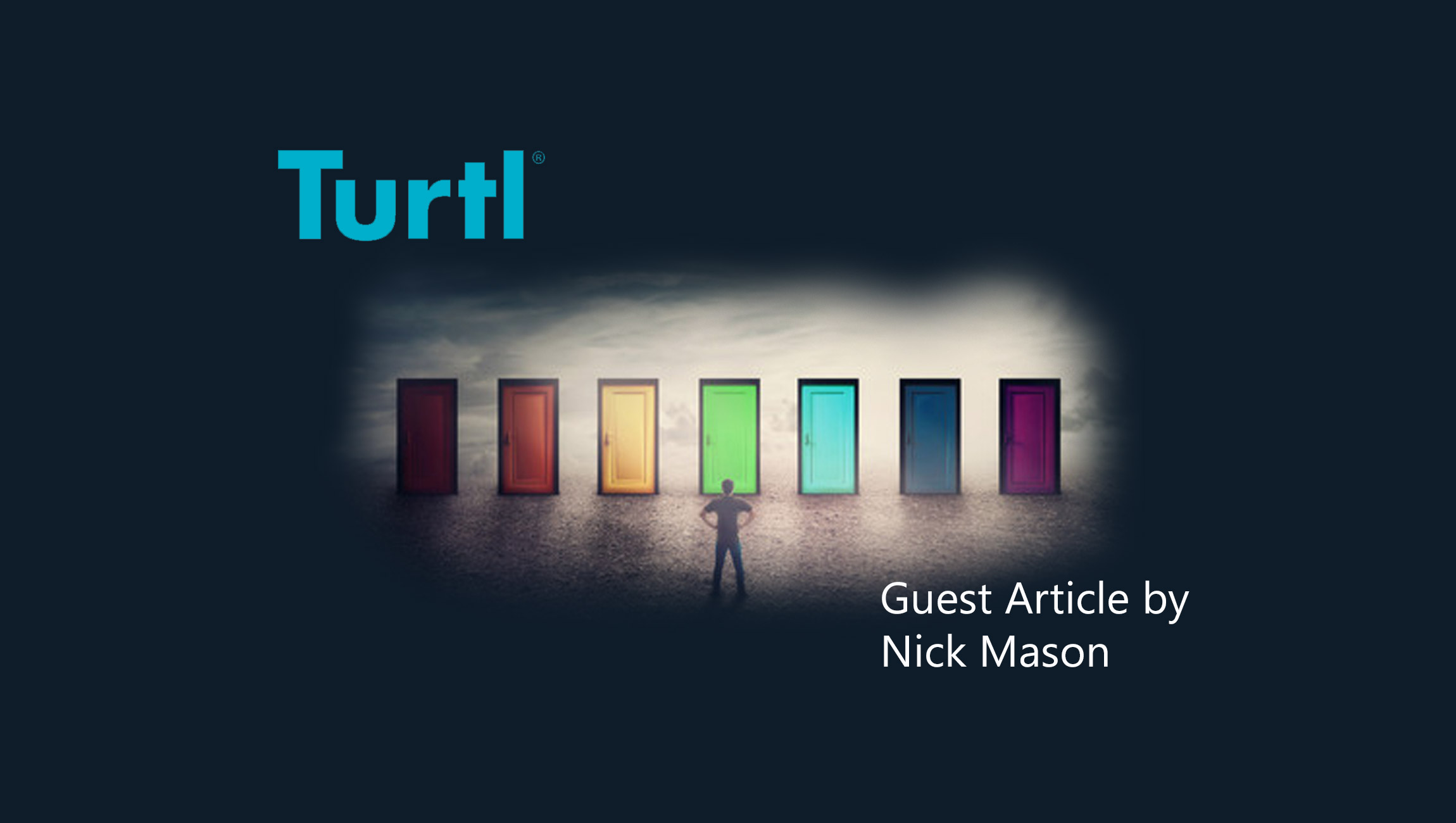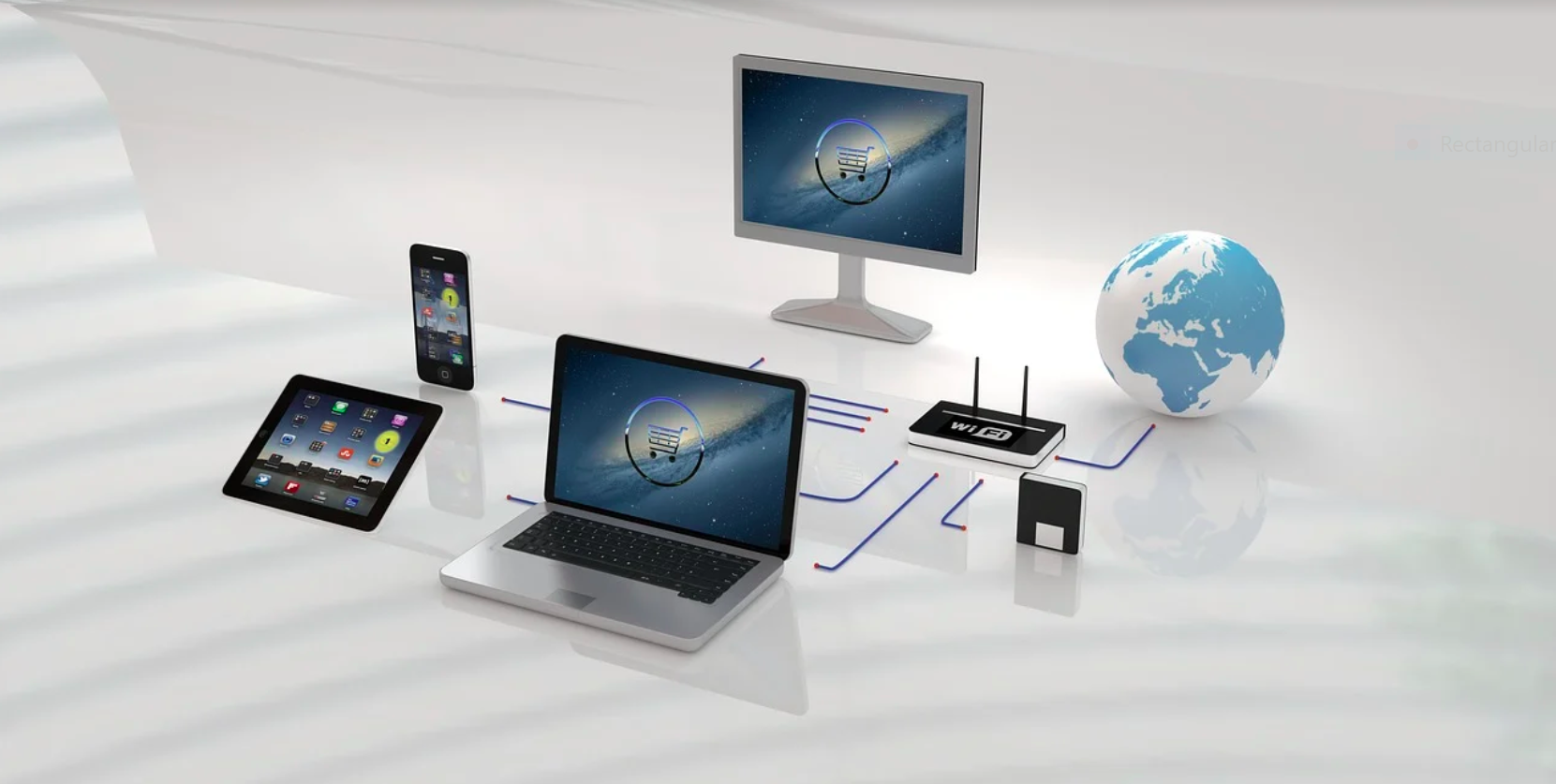Across entire businesses, decisions are constantly being made. From huge strategic plans to hiring the new intern, the problem of choice and having to find solutions is one we constantly face in the modern world. This also applies to your audience, who have to pick the one solution that best matches their needs from a crowded marketplace full of businesses using similar marketing strategies and key messages.
How important is an effective communications strategy?
Communicating your key messages effectively – and in the right format – is the best way of eliminating the headache of choice for audiences. Being able to do this, and reach your audience with the right messages at the right time, allows you to stand apart from your competitors and gives you a huge advantage. To do this, B2B marketers need to be ready to challenge traditional thinking about how buyers make decisions and shift their behaviors to better reflect new marketing strategies.
So, what exactly does this look like?
Daniel Kahneman, a 2002 Nobel Prize winner in economics, laid out the two principal systems of decision making in his book, Thinking, Fast and Slow:
System 1 – the Heart – This system is the initial reactive decision-making process made by our emotions. We use this for snap judgements based on recalling past experiences and acting intuitively.
System 2 – the Head – This system kicks in when the decision-making process driven by the heart fails. It relies heavily on reasoning and logic and is used to work out possible solutions to new, unfamiliar problems.
Marketing Technology News: Could Your Multi-Location Business’s Reviews Be Hurting Your ROI? Find Out
Aggressive sales tactics are outdated. Instead, modern marketers act as educators and guides to help sales teams solve their prospects’ problems. If we take a typical sales proposal as an example, these traditionally ignore System 1 thinking. They assume that prospects are approaching their problems logically. However, when you understand and apply key cognitive methods to proposals, you can engage both the emotional and rational sides of the brain. Simply showcasing the features of a product or solution doesn’t drive behavior. Instead, marketers need to design the environment in a way that drives people to the behavior that we want. Consider using psychological principles in the below three key areas.
The visual element
Humans process visual data better than anything else. To cope with the fact that 90% of information transmitted to the brain is visual, we can process imagery 60,000 times faster than text.
Traditional ways of delivering content have never been hugely effective, with only 20% of people willing to read text on a page. Most of them will only read 20-28% of the words, while the retention rate of this information sits at just 20%. This means that every time you tell your audience about your product using only text, about 0.8% of that information actually goes in.
This contrasts directly to when content is presented in visual formats, but not just images. 80% of people will watch a video they’ve been sent, and they also remember 80% of what they see in these videos. Being able to surf over videos and images with ease allows readers to quickly get an idea of what is of interest to them before diving in to take a closer look.
Marketing Technology News: Five Years of Personalization and Consumers Still Want More
Personalisation and relevance
Personalisation is a great tool for marketers because it ‘greases’ friction in the buyer journey, reduces information overload, and tailors the narrative specifically for your intended reader.
When content is personalized, our brains tell us it’s relevant, which then helps identify it as something we need faster. It also reduces the working memory that we need to use because we don’t have to sift through lots of irrelevant information as the most important details have already been pulled out for us. Obviously, it’s a mountain of work to personalize content delivery to a whole mailing list, but if you automate this process, you’ll get all the benefits of delivering unique content without the challenge of adapting content for hundreds and even thousands of users.
On a psychological level, personalisation also produces something called the Cocktail Party Effect. This is what happens when you’re talking to someone and hear your name in a different conversation: it’s like a magnet. Your brain focuses on this other conversation, and you struggle to remain attentive to the one you were originally having. It’s very hard to ignore. By sending people content that was made for them and has their name on it, as opposed to a generic piece of content (think of the dreaded bcc.), it has that same effect, and they feel drawn to it. A great example of this approach to marketing is Spotify. Their use of tailored playlists and suggestions, based on what you have already listened to, proves that getting personal with your audience drives application use and subscription sales.
A question of format
How you deliver the message is perhaps even more important than the message itself, and this is where autonomy becomes so important – people need to feel in control of their own behaviors and goals. But at the end of the day, we still want them to read our content, so how do we help them feel in control of this process?
The Canadian philosopher Marshall McLuhan coined the phrase ‘The medium is the message’. He posited that people are not only affected by content, but also by the characteristics of the content’s format.
Consider the reading experience of traditional formats like the PDF: it’s a very linear journey. To make progress, you have to scroll until you reach the end. There is no choice available to the reader other than that. Static scrolling documents dictate the reader’s journey. Because of this, they fundamentally can’t satisfy our need for autonomy. Your proposal probably feels like a lecture, like you have the power and your reader doesn’t. This will always be a disadvantage when you want someone to make a decision. By comparison, when your content is presented in an interactive format, readers are given more choice and more freedom to engage on their own terms, which satisfies their need to make independent decisions.
Final thoughts
Take the time to understand – and employ – some of the behavioral science that powers our engagement with content and informs our decisions. Then, you can deliver information in a way that truly helps your audience to understand how your solution can solve their problem, and direct them towards taking action with your business.











